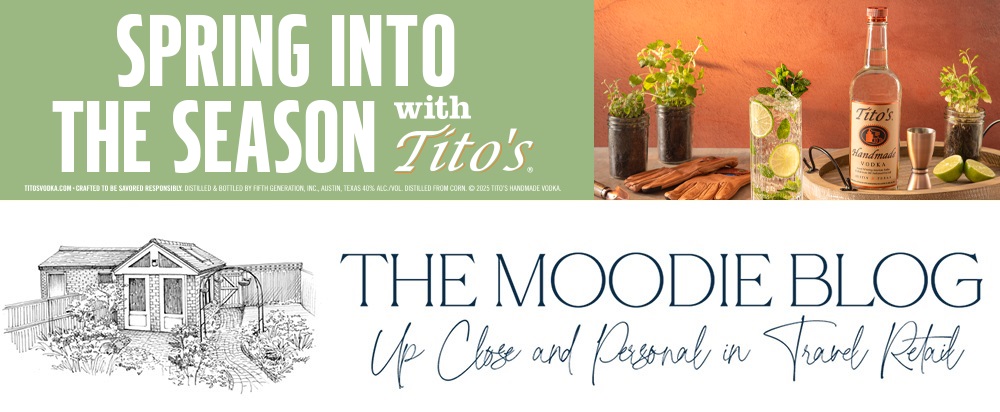Latest posts by Martin Moodie (see all)
Sumner is a picture postcard-perfect seaside suburb of Christchurch. Its valley is ringed by volcanic hills, whose houses command magnificent views over the Pacific Ocean.
I grew up in such a house, at 2 Nayland Street. As a young boy I used to gaze for hours from our top-storey window at the ships out to sea passing the headlands to or from the port of Lyttelton.
On 22 February this year Sumner was struck by the colossal power of a 6.3 degree earthquake, the second to hit Christchurch within five months. Whereas this pretty, tranquil, achingly beautiful place had escaped the first shock virtually unscathed, less than 45 seconds of devastating force changed it forever on that fateful summer day.
The impact on those volcanic hills was instant, terrible, terrifying. Whole cliff sides exploded with the force of the earth’s movement, sending huge rocks crashing down into the houses below. Landmark buildings were demolished and the landscape transformed.
When I went to assess the impact on my childhood home, I stopped in my tracks. The hill was still covered in the beautiful native foliage that we had enjoyed half a century ago; the flax bushes still reached up to the warmth of the sun; the distinctive bright lilac flower-clad bushes still spread out all over the hillside.
But the house was gone, disappeared, as if had simply been snatched away in the night by an alien force. At the foot of the 100 steps we used to climb every day to our home a white barrier tape hung listlessly to indicate the area was too dangerous to enter. The neighbours’ houses all remain where they were all those years ago. So many memories. And all too sad to contemplate.
Shipping containers now line the roadside under Sumner’s hills to stop further damage from the further rock falls that will surely happen. It’s an ugly but vital protection against further damage and loss of life.
In neighbouring Redcliffs (below) it appears as if the hills have been dynamited. It looks more like a rock quarry than one of the city’s prettiest valleys. Huge rockfalls from the red, volcanic cliffs that gave the place its name are packed in like bubble wrap around the homes that lay underneath the carnage; other houses dangle precariously at what has become the reformed hill’s edge. All were people’s dream homes. All will be demolished.
And still the tremors come. Besides three major quakes over the past 12 months, there have been over 8,000 aftershocks. And, quite horribly, the people of Christchurch know that nature may not be done yet.








You must be logged in to post a comment.